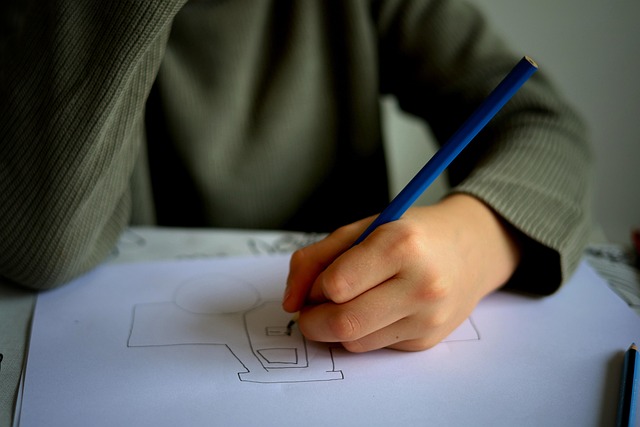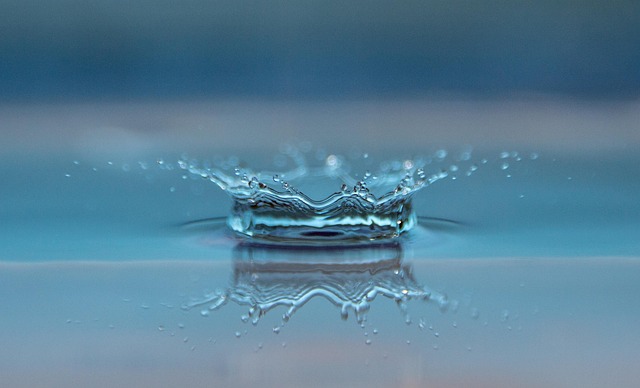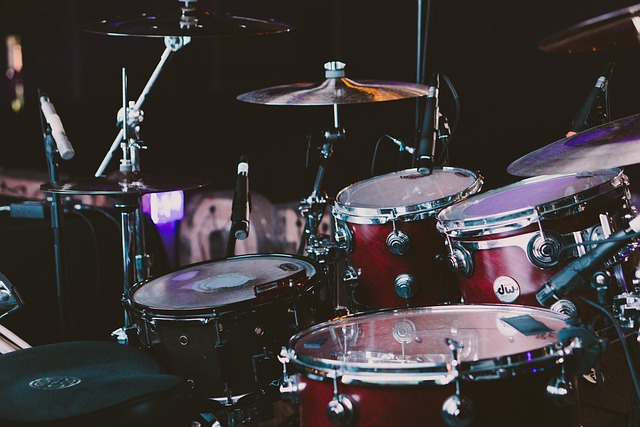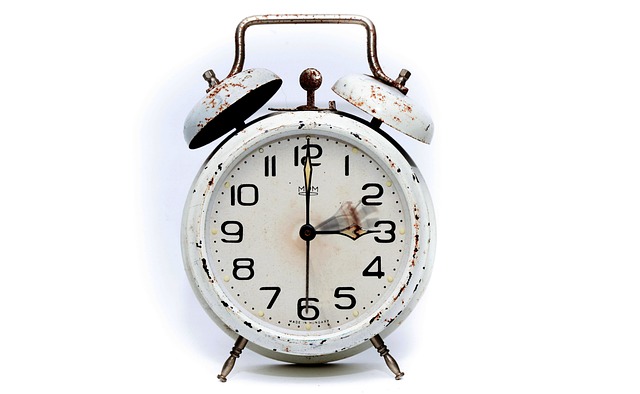In the vibrant world of creativity, the realms of art and design often intertwine, leading us to explore captivating and innovative forms of expression. One fascinating area where these two domains converge is in the practice of sculptural drawing. This unique approach allows artists and designers to stretch their imaginations, give life to their ideas, and communicate complex concepts through the delicate balance of form and aesthetics.
At its core, drawing is more than just mark-making on a surface; it’s a process of capturing emotion, narrative, and structure. When we think of drawing as a sculptural endeavor, we can envision the three-dimensional qualities of a drawing that transcends the confines of paper. Art and design can blend seamlessly in this practice, breathing life into visual concepts that challenge our perceptions and evoke a sense of wonder.
Sculptural drawing often involves the use of various materials, including wire, paper, clay, and found objects, allowing artists to create a physical representation of their ideas. This practice invites an interaction that is both tactile and visual, urging viewers to not only observe but to engage with a piece on multiple levels. The relationships between form, space, and light are explored, inviting a dialogue between the drawn line and the sculptural form it takes on.
In this intersection of art and design, drawing acts as a bridge to sculptural exploration. Artists like Alexander Calder and contemporary creatives take advantage of this merger to craft pieces that incite curiosity and contemplation. Each drawing serves as a blueprint, a tectonic study that paves the way for broader, more expansive sculptural interpretations. It’s an exhilarating process where rough sketches evolve into magnificent installations, demonstrating how drawing can inspire a complete reimagination of physical space.
The fascination with sculptural drawing also highlights the emotional responses it elicits. There’s a sense of nostalgia in the way we revisit our childhood passion for using crayons and charcoal, translating that innocent joy into sophisticated artistic experiences. This childlike wonder becomes a crucial element in the creative process, allowing artists to remain playful and open to new ideas while striving for conceptual depth in their work.
When we immerse ourselves in the dialogue of drawing within the realm of sculpture, we discover the importance of materiality and the transformative power of artistic experimentation. The subtle nuances of texture, shadow, and movement are all vital components that enhance the viewer’s experience. Engaging with sculptural drawings allows us to forge connections between the seen and the unseen, the tactile and the intangible.
As we continue to explore the dynamic environment where art and design converge, it’s essential to recognize the power of drawing as a fundamental tool fostering innovation. This intersection serves as a reminder of the beauty found in the act of creation and invites artists and admirers alike to engage in conversations about their work, their processes, and the emotions they hope to convey.
Sculptural drawing offers a rich landscape for exploring the myriad possibilities within art and design. With each stroke and each innovative form, it encourages us to embrace the essence of creativity and discover new dimensions of expression that challenge the ordinary and celebrate the extraordinary.




